You’re jumping through a portal, lining up the perfect headshot, and then it happens. Your game stutters. The enemy disappears. You’re dead. In Splitgate 2, where portal mechanics meet arena shooting, even a 10ms delay can turn victory into defeat.
Since launching, Splitgate 2 has delivered intense portal-based combat that demands both strategic thinking and lightning-fast reflexes. But here’s what many players don’t realize: the game’s unique portal rendering system creates performance challenges that standard FPS optimization guides miss entirely.
This guide reveals the exact settings used by top players to maintain 200+ FPS, even during chaotic portal battles.
Why Splitgate 2 Is Different
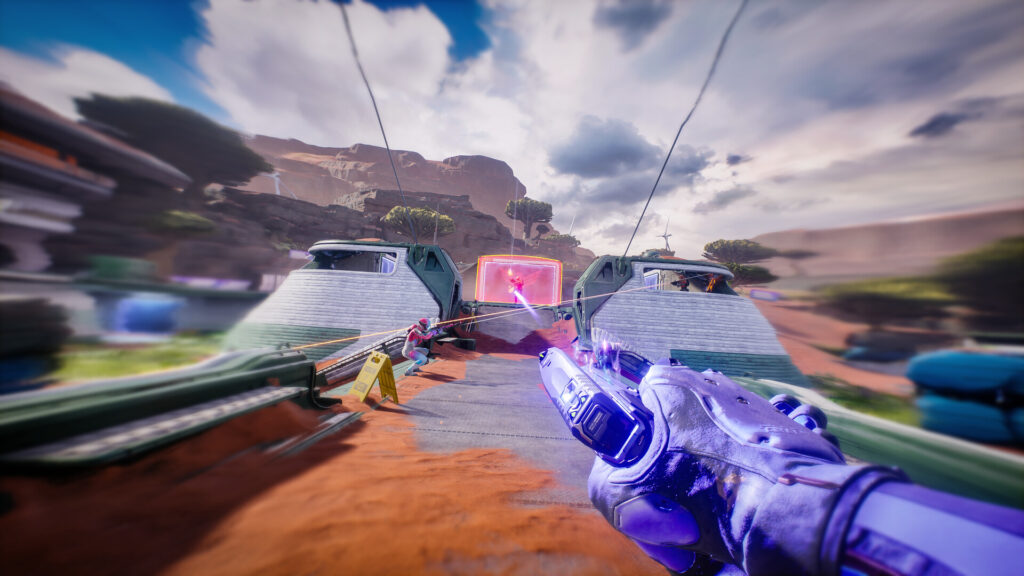
Splitgate 2’s portal mechanics create a unique rendering challenge that standard FPS games don’t face. Every time you look through a portal, your GPU essentially renders the scene twice – once for your current view and once for the portal destination. This double-rendering can slash your FPS in half during intense firefights.
Players report stuttering particularly in Battle Royale mode and when creating or traversing portals, even on high-end systems.
Optimize Your PC Before Launching Splitgate 2
Your system’s baseline performance determines your maximum potential FPS. These optimizations apply to all games but are especially crucial for Splitgate 2’s demanding portal rendering.
Update Graphics Drivers
NVIDIA and AMD regularly release game-specific optimizations. Outdated drivers can cost you decent performance. Use GeForce Experience (NVIDIA) or Radeon Software (AMD) to check for updates.
+10-20 FPSWindows Game Mode & Power Settings
Enable Game Mode in Windows Settings > Gaming. Set Power Plan to High Performance. For laptops, always game while plugged in and consider a cooling pad.
+15-25 FPSClose Background Applications
Chrome, Discord overlays, and streaming software consume valuable CPU resources. Close everything non-essential before launching. Check Task Manager’s Startup tab to disable high-impact programs.
+10-15 FPSStorage & Network Optimization
Install Splitgate 2 on an SSD for faster asset streaming. Use wired Ethernet instead of WiFi for stable connections. Update network adapter drivers and configure QoS on your router.
Reduced StutteringMonitor Thermals
High temperatures cause thermal throttling. Clean dust from fans, ensure proper airflow, and monitor temps during gameplay. Consider reapplying thermal paste if temps exceed 80°C.
Prevents FPS DropsSkip the Manual Setup Hassle
Hone automatically optimizes your entire PC for Splitgate 2 with one click
Download Hone FreeGPU Control Panel Settings for Maximum Performance
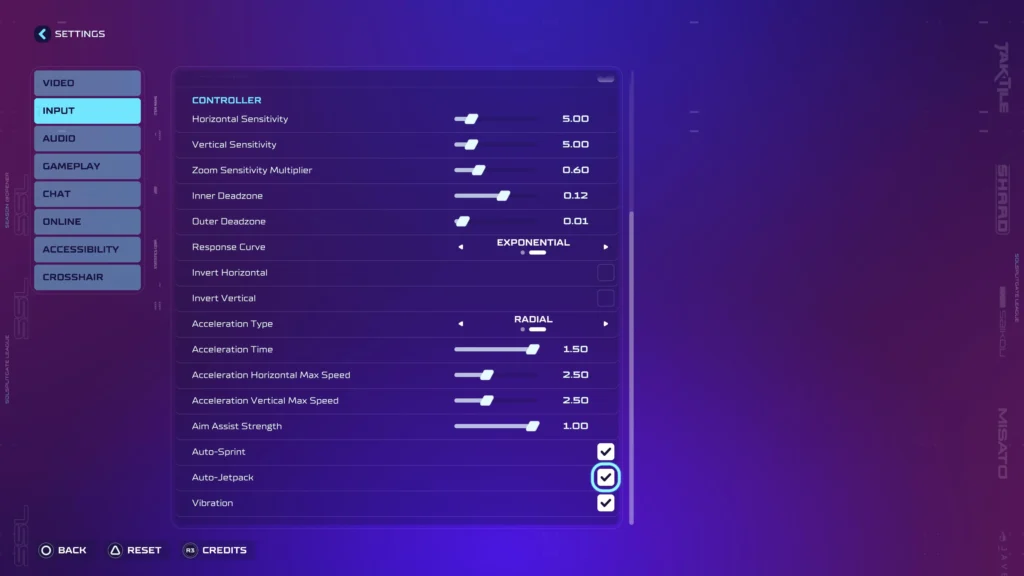
Your graphics card inside your gaming PC control panel holds powerful settings that apply globally across all games. These optimizations significantly reduce input latency and improve frame consistency.
NVIDIA Control Panel
AMD Radeon Settings
Monitor Settings for Splitgate 2
Your monitor is the final link in the performance chain. Proper configuration ensures you see every frame your GPU renders with minimal delay.
Monitor Optimization Checklist
| Setting | Configuration | Why It Matters |
|---|---|---|
| Refresh Rate | Maximum Available | Windows Settings > Display > Advanced > Set to 144Hz/240Hz/360Hz |
| Adaptive Sync | Enabled | G-Sync/FreeSync prevents tearing without VSync latency |
| Gaming Mode | On | Bypasses internal processing for lower display lag |
| Overdrive | Normal/Fast | Reduces ghosting but avoid “Extreme” to prevent inverse ghosting |
| HDR | Test First | Can add latency – disable if it impacts responsiveness |
Splitgate 2 Display Settings for Maximum FPS

Display settings form the foundation of your FPS-based performance optimization. These settings control how the game interfaces with your system and monitor.
Optimal Display Configuration
| Setting | Recommended | Notes |
|---|---|---|
| Screen Mode | Fullscreen | Exclusive fullscreen provides lowest input latency |
| VSync | Off | Essential – VSync adds significant input lag, unless paired with G-Sync/FreeSync + Reflex/Anti-Lag |
| FPS Limit | Monitor Hz -3 | Cap at 141 for 144Hz, 237 for 240Hz to reduce latency |
| Resolution | Native | Use DLSS/FSR instead of lowering resolution |
| Field of View | 95-103 | Higher FOV for better awareness, slight FPS cost |
Splitgate 2 Graphics Settings
Set Quality Preset to Custom for full control. These settings balance competitive visibility with maximum performance.
Essential Graphics Settings
Texture & Detail Settings
Critical Portal-Specific Settings (Do NOT Lower These)
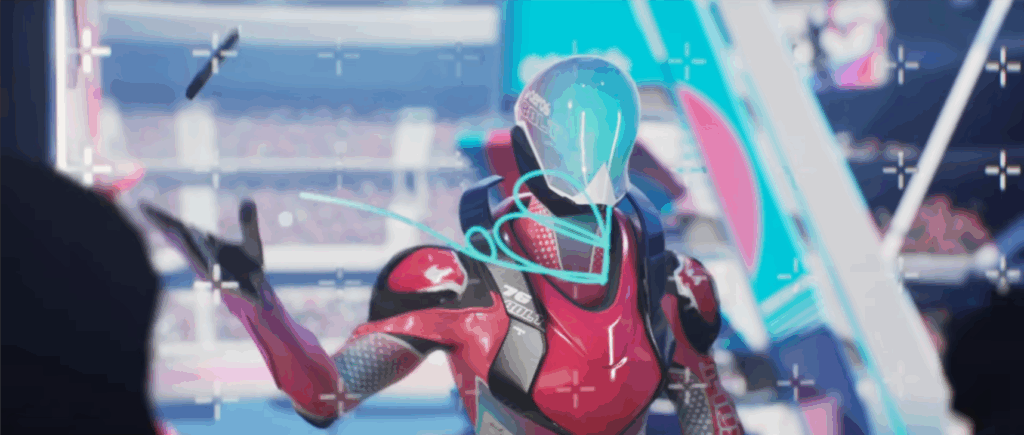
These settings are unique to Splitgate 2 and directly impact your ability to use the game’s core mechanic effectively. Unlike other settings where lower means better performance, these must remain high for competitive play.
Portal Settings Configuration
| Setting | Required Value | Why This Is Critical |
|---|---|---|
| Portal Frame Rate | Ultra/High | Low settings make portals update slowly, ruining tactical advantage |
| Portal Quality | Ultra/High | Affects clarity when looking/shooting through portals |
| See Through World Portals | On | Essential for spotting enemies through portals |
Advanced Graphics Technologies
Modern upscaling and latency reduction technologies can dramatically improve both FPS and responsiveness when configured correctly.
NVIDIA DLSS Settings
AMD FSR Settings
Get Pro-Level Performance Instantly
Why spend hours tweaking when Hone optimizes everything automatically?
Download Hone – It’s FreeAdvanced Unreal Engine 5 Configuration (Expert Users Only)
For those seeking every last frame, Splitgate 2’s Unreal Engine foundation allows deep configuration through .ini file modifications. These tweaks go beyond in-game menus to address engine-level optimizations.
Key .ini File Optimizations
| Parameter | Value | Purpose |
|---|---|---|
| r.VSync | 0 | Force disable VSync at engine level |
| r.Streaming.PoolSize | Based on VRAM | 12288 (16GB), 9216 (12GB), 6144 (8GB) |
| r.OneFrameThreadLag | 0 | Reduce input latency significantly |
| r.Lumen.DiffuseIndirect.AsyncCompute | 1 | Offload lighting calculations |
| bEnableMouseSmoothing | False | Disable mouse acceleration |
File Locations:
Steam/GoG: %localappdata%\PortalWars2\Saved\Config\Windows
Game Pass: %localappdata%\PortalWars2\Saved\Config\WinGDKClient
Splitgate 2 Performance Profiles
Here are complete, tested configurations for different hardware tiers. Find your GPU and copy these exact settings for optimal performance.
Settings by Hardware Tier
| Setting | Entry (GTX 1660/RX 5600) | Mid (RTX 3060/RX 6600) | High (RTX 4070+/RX 7800+) |
|---|---|---|---|
| Target FPS | 100-120 | 144-165 | 200-240+ |
| Resolution | 1080p + FSR | 1080p/1440p + DLSS | 1440p/4K + DLSS |
| View Distance | High | Ultra | Ultra |
| Shadows | Off | Low | Medium |
| Post Processing | Low | Low | Medium |
| Textures | Medium | High | Ultra |
| Anti-Aliasing | FXAA | Low + DLSS | Medium + DLSS |
| Portal Quality | High | Ultra | Ultra |
| Portal Frame Rate | High | Ultra | Ultra |
| DLSS/FSR | FSR Balanced | DLSS Quality | DLSS Quality |
The Bottom Line
Optimizing Splitgate 2 requires a different approach than traditional shooters. The game’s portal mechanics demand keeping certain settings high even at the cost of raw FPS. View Distance and Portal settings are non-negotiable – they directly impact your ability to compete.
Start with our recommended display settings, aggressively lower post-processing and shadows, then leverage DLSS or FSR for massive performance gains without sacrificing clarity. Cap your FPS just below monitor refresh rate for optimal latency, and never enable Frame Generation in competitive play.
Frequently Asked Questions
Why does Splitgate 2 stutter when I go through portals?
Portal rendering essentially forces your GPU to render two scenes simultaneously, which can cause stuttering on systems with insufficient VRAM or when texture streaming settings are too low. Consider lowering Texture Quality if you have less than 6GB VRAM.
Should I use Frame Generation in Splitgate 2?
No. Frame Generation (DLSS 3 or FSR 3) creates interpolated frames that significantly increase input latency. In a competitive shooter where milliseconds matter, the added delay outweighs any FPS benefit. Use DLSS/FSR Super Resolution instead for performance gains without latency penalty.
What’s the best FOV setting for competitive play?
95-103 FOV provides the best balance between peripheral vision and target size. Higher FOV lets you see more but makes distant enemies smaller and harder to hit. Most pro players use 100-103. The performance impact is minimal (3-5 FPS) and worth it for the tactical advantage.
Why should I cap my FPS below my monitor’s refresh rate?
Capping FPS 3-4 frames below your monitor’s refresh rate (e.g., 141 for 144Hz) prevents frame queuing and keeps adaptive sync technologies active. This reduces input latency compared to uncapped FPS, which can cause inconsistent frame pacing and actually increase delay despite higher numbers.
Can I lower Portal settings for more FPS?
Technically yes, but you shouldn’t. Portal Frame Rate and Portal Quality directly affect your ability to see and shoot through portals – the game’s core mechanic. Low settings make portals update slowly and appear blurry, giving opponents with higher settings a massive advantage. Accept the 10-15 FPS cost.
What causes the Battle Royale mode to perform worse?
Battle Royale mode has larger maps, more players, and increased portal density compared to arena modes. This exponentially increases the rendering load, especially when multiple portals are visible simultaneously. Lowering View Distance slightly and ensuring VRAM isn’t maxed out can help.
Should I modify .ini files for better performance?
Only if you’re experiencing persistent stuttering after trying all other optimizations. .ini tweaks can address engine-level issues like VRAM management and shader compilation stutters. Always backup files first. Key tweaks include r.Streaming.PoolSize for VRAM and r.OneFrameThreadLag=0 for input latency.
Is DLSS or FSR better for Splitgate 2?
DLSS generally provides better image quality and performance if you have an NVIDIA RTX card. FSR works on all GPUs and still offers significant gains. Both are excellent for boosting FPS without the blur of simply lowering resolution. Start with Quality mode for either technology.
What’s more important: high FPS or low settings?
In Splitgate 2, maintaining competitive visibility is crucial. Keep View Distance and Portal settings high even if it costs FPS. 120 FPS with proper visibility beats 200 FPS where you can’t see distant enemies or portal contents clearly. Use DLSS/FSR to gain FPS without sacrificing critical visual information.
Will Hone.gg actually improve my Splitgate 2 performance?
Yes. Hone optimizes Windows settings, disables unnecessary services, configures optimal power plans, and manages background processes automatically. These system-level optimizations often provide 15-30% performance improvement, especially on systems with background bloat. It’s particularly effective for players who aren’t comfortable with manual registry and service modifications.
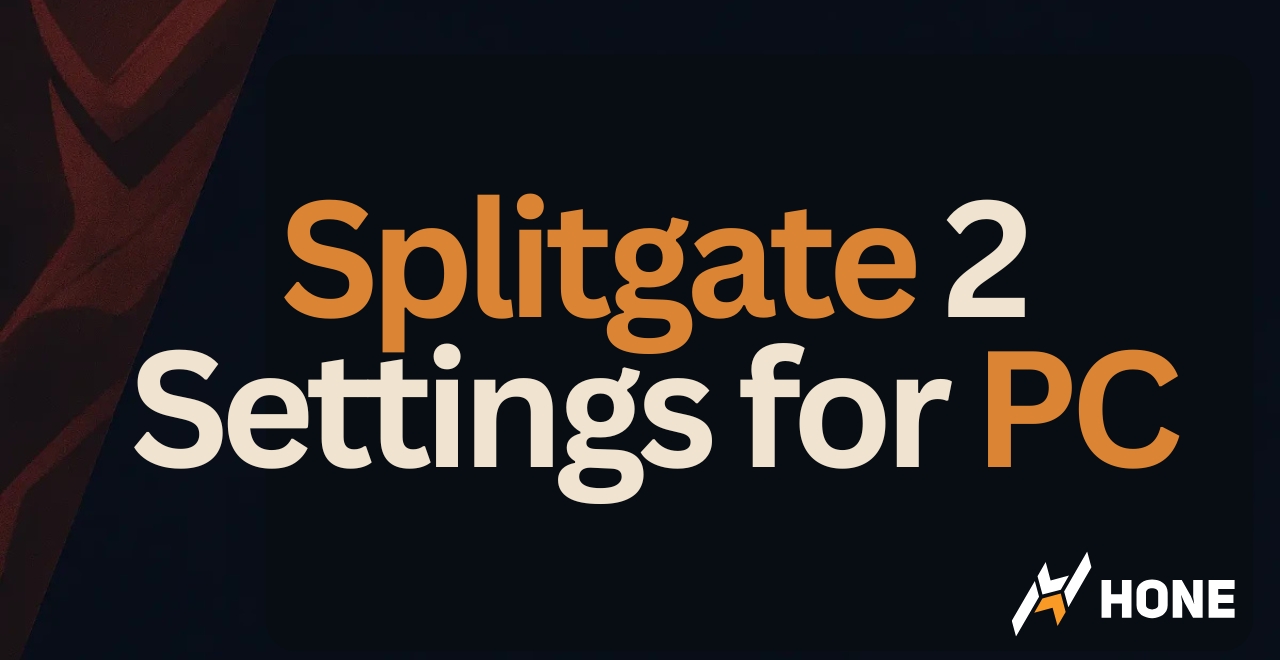

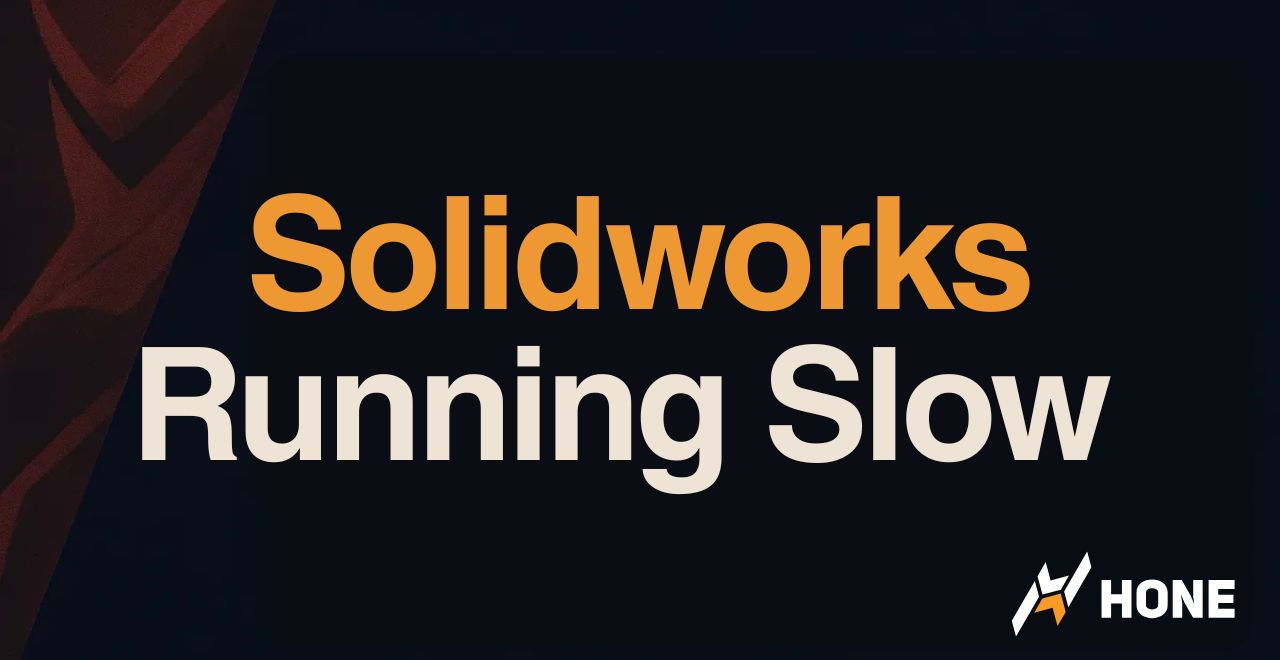



 Discord
Discord
 Instagram
Instagram
 Youtube
Youtube
 TikTok
TikTok